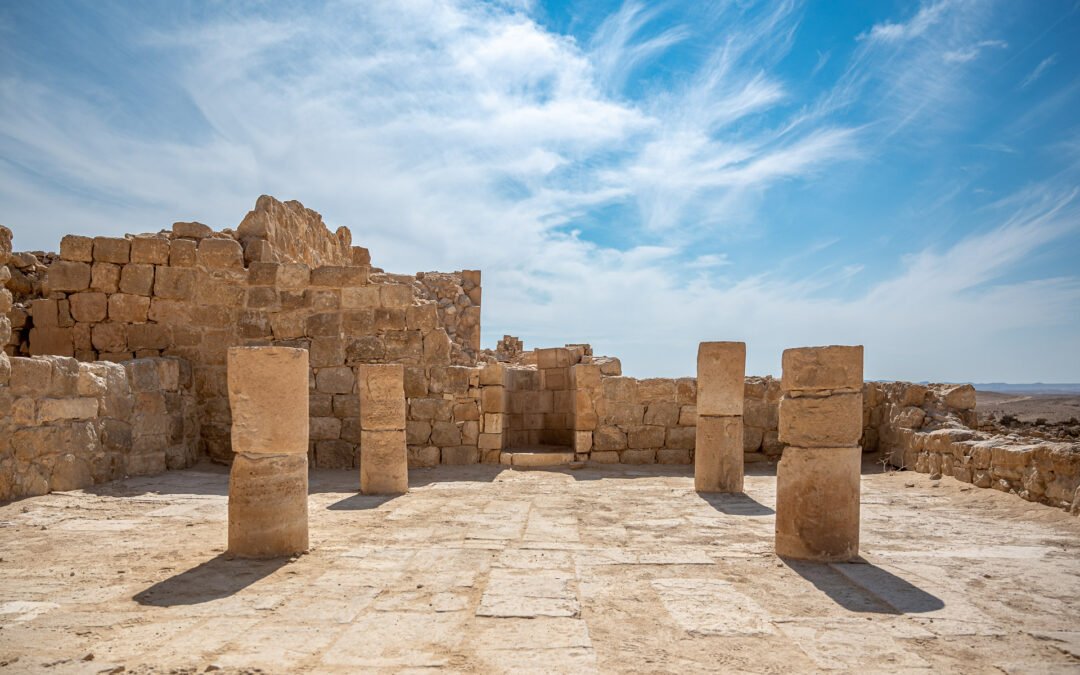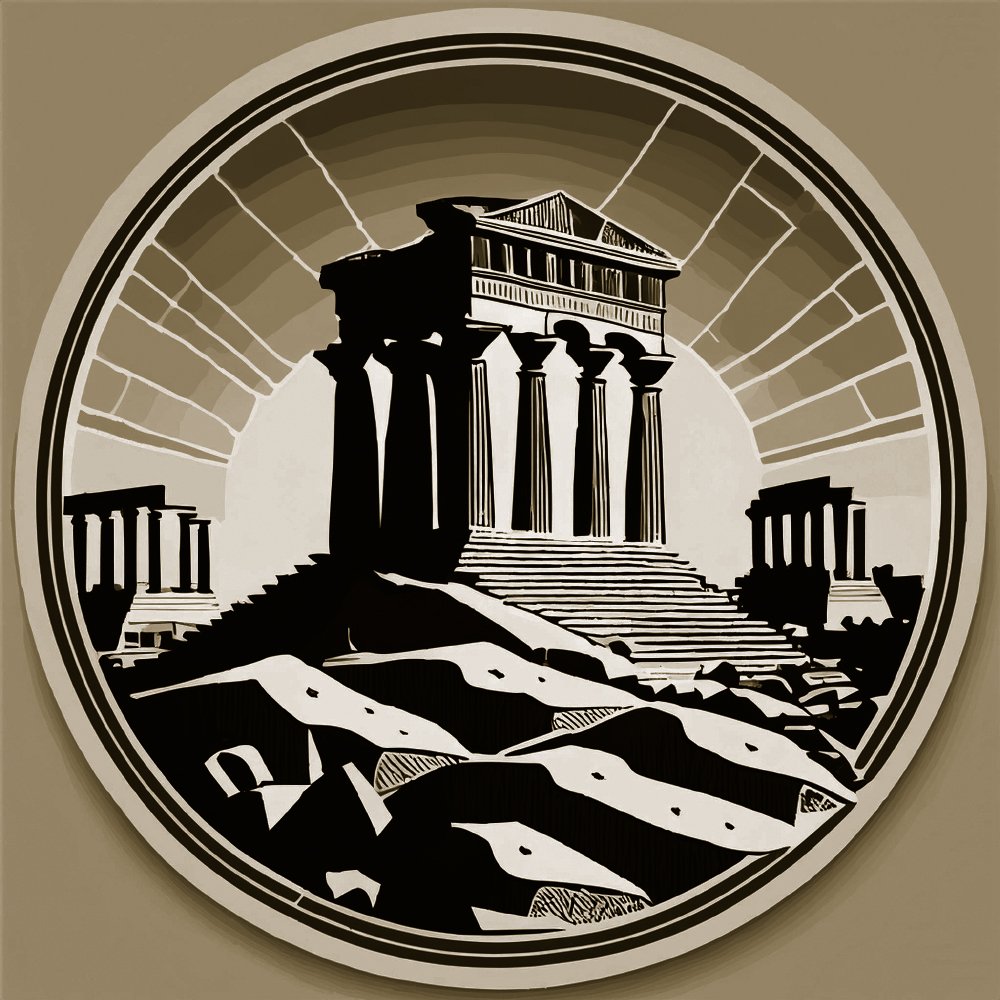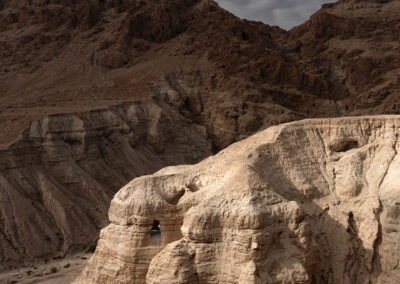Welcome to A History of Palestine
Welcome to A History of Palestine
Latest in Historical Figures

Aretas IV: The Nabataean King Who Shaped a Kingdom
Aretas IV Philopatris ruled the Nabataean Kingdom from 9 BCE to 40 CE, overseeing a period of immense prosperity. He expanded trade networks, fortified Petra’s influence, and engaged in regional politics. His daughter’s marriage to Herod Antipas sparked a conflict recorded by Josephus. His architectural legacy remains visible in Petra’s grand structures, preserving his impact on history.
Latest in Historical Periods

Thoughts on the Edomites and the Changing Identities of Ancient Palestine
After extensive study, I’m thrilled to explore the fascinating history of the Edomites and their transformation into the Idumeans. This journey delves into ancient identity’s fluidity in Palestine, shedding light on how shifting borders and cultures shaped the region. Join me as I unravel these stories and their impact on Palestinian history. Read and share your thoughts!
Latest in Historical Sites

The Mosque of Subeita
The Mosque of Subeita offers a fascinating glimpse into early Islamic Palestine, raising questions about coexistence and cultural interaction. This article delves into its historical significance, architectural features, and the implications for understanding communal relations during this era.
Latest in Phenomenon

Aretas IV: The Nabataean King Who Shaped a Kingdom
Aretas IV Philopatris ruled the Nabataean Kingdom from 9 BCE to 40 CE, overseeing a period of immense prosperity. He expanded trade networks, fortified Petra’s influence, and engaged in regional politics. His daughter’s marriage to Herod Antipas sparked a conflict recorded by Josephus. His architectural legacy remains visible in Petra’s grand structures, preserving his impact on history.




